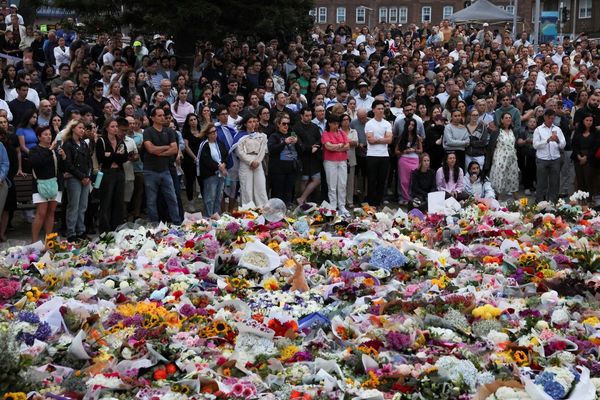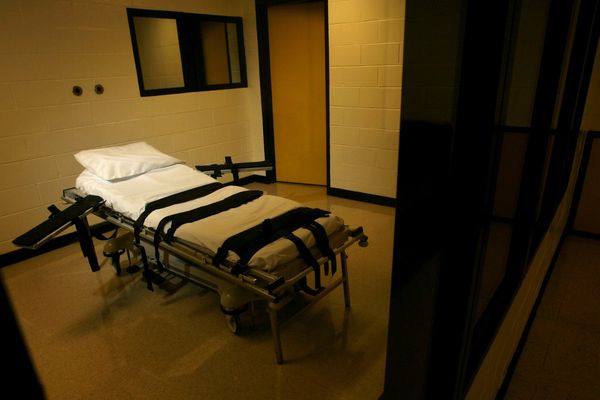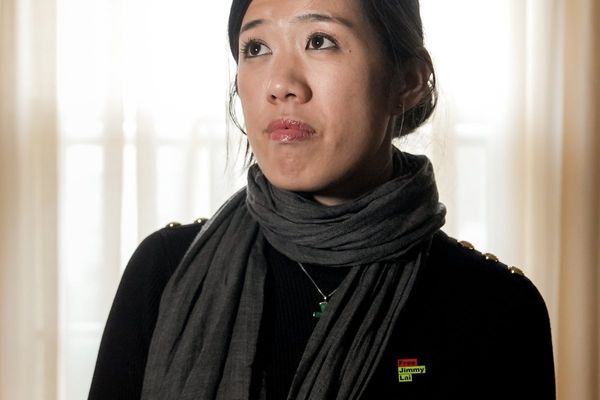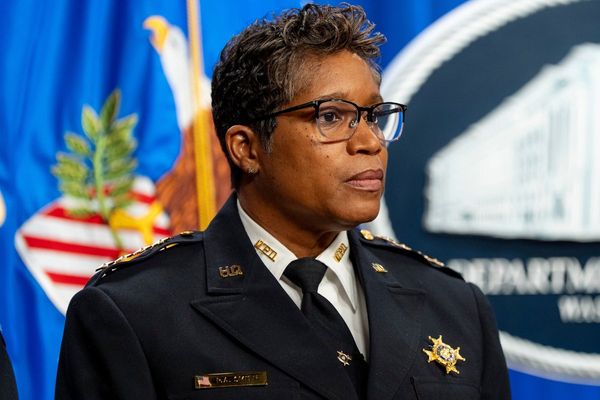The Liberals and Nationals have called it quits.
On Tuesday morning, the Nationals leader, David Littleproud, said the junior coalition partner was bowing out of the long-serving partnership after the two failed to agree on a few key points.
The decision is being described as “historic” and “monumental”. Let’s look at what this actually means.
Why is the Coalition splitting up?
Sometimes things just don’t work out. That’s what both leaders realised after a meeting in opposition leader Sussan Ley’s home town of Albury on Friday.
The long-term relationship between the centre-right parties had already soured somewhat in recent years over the issue of adopting a net zero emissions by 2050 policy. But in the end, this was not one of the key reasons publicly given for the Coalition’s split.
On Tuesday, Littleproud said the four reasons behind the splinter were the Nationals’ support for supermarket divestiture powers, a domestic nuclear power industry, a $20bn regional Australia future fund and changes to regional telephone service obligations.
A senior Liberal source said the Nationals also wanted to allow shadow cabinet ministers to cross the floor and vote against their own side – the “untenable” fifth reason not mentioned at the press conference.
Ley told media in Parliament House on Tuesday afternoon that the Coalition needed to present a “united front” and “a united agenda” on policies.
Ley said she had proposed to Littleproud that the Coalition shadow ministry should set the agenda, with each party room separately developing a policy proposal; the two parties would then discuss ways to bring the ideas together into a Coalition policy. The Nationals did not agree.
“It is not a new set of arrangements that fierce debates are had both within party rooms and within and around the shadow cabinet table … but then you come out as a united front and you present a united agenda to the Australian people,” Ley said.
Have the Liberals and Nationals split before?
This is not the first time the Coalition has decided not to stay together. The Nationals’ Senate leader, Bridget McKenzie, pointed out on Tuesday, there have been three previous splits.
One came after Labor’s 1972 election victory, when a Coalition agreement was not signed. Eventually, the two made up and the Coalition ran together again at the 1974 poll.
The partnership was again briefly disrupted in 1987 when Queensland premier Joh Bjelke-Petersen attempted to lead the Liberals and Nationals in Canberra. That was all done and dusted a few months later and the Coalition reunited, sending Bjelke-Petersen packing back north.
Like the times before, it seems this break is only meant to be temporary. After all, it will take both parties winning a number of seats off Labor for them to gain a credible shot at governing from 2028.
Without each other, their chances at the next election are slim to none.
How does this change how the Liberals and Nationals vote in both houses?
While the Coalition no longer has to vote as a bloc, little is expected to change in terms of its voting pattern beyond those stated policy disagreements.
“If there’s any difference, it’ll be in the alternative policies that they advocate for, particularly nuclear,” University of Sydney political history expert Henry Maher said.
“But at least in parliament, I expect them to cooperate to work together – not entirely as they have previously, but I think still somewhat closely.”
UNSW associate professor David Lee said there may be some changes in how the two parties vote on issues, but he expected they remained “like-minded” on most.
While the Nationals hold 15 lower house seats, compared to the Liberals’ 28, the Nationals will hold just four senators in the Senate from July after the loss of former deputy leader Perin Davey at the polls.
So, practically speaking, the parties splitting their vote won’t matter too much for the Albanese government, as the Greens still hold the balance of power in the Senate.
Are the Nationals now a minor party?
Yes. Parliamentary rules state the opposition is the largest party or coalition in the House that is not in government, and any other party is a minor party – meaning the Nationals will essentially be relegated to the crossbench.
One of the privileges of the leader of the opposition is choosing who serves in their shadow ministry, and it’s now less likely Sussan Ley will want to give those coveted positions to the Nationals.
If the Nationals sit on the crossbench, they could be forced to share the limited number of questions crossbenchers get to ask the government during question time.
Normally the opposition gets most of the questions – with the Nationals getting a chunk of them depending on the issues of the day – but the crossbench gets only three questions (the fifth, 13th and 21st ) to share between them.
Maher said the split could mean the party speaks to the media more.
“They [the Nationals] lose, kind of, all the benefits: obviously the remuneration, but also the formal offices that you get from being a shadow ministry,” he said.
“So that’s going to mean… they’re going to have to rely more on speaking directly to the media, on advocating for themselves.”
What happens to Nationals’ pay and staff allocations?
The split brings a loss of certain perks such as extra pay for being in the ministry or shadow ministry, and the loss of staff.
Currently, a backbencher earns $233,660. All senior positions, from the prime minister to the chair of a committee, earn a percentage on top of that base salary.
The leader of the opposition earns that base salary plus 85%, for example, and the deputy leader of the opposition earns the base plus 57.5%.
David Littleproud, as the leader of a minor party with more than 10 members, will now earn the base salary plus 45%. But his members who will no longer sit in the shadow ministry will lose their extra 25% loading.
Other minor parties such as the Greens have “spokespeople” on certain portfolio areas, but these positions don’t come with extra money or staff.
As a minor party, the Nationals will need to negotiate with the prime minister, who determines all staff allocations, for how many staff they can have.
The opposition was allocated 110 staff, including 36 for the office of the leader of the opposition, and 54 for shadow ministers.
The Nationals are now faced with keeping two advisers for each senator, and either one adviser for MPs with an electorate smaller than 5,000km2, or two advisers for any electorate bigger than that.
They will have to lobby Anthony Albanese directly for more.
What does it mean for the LNP in Queensland?
The president of Queensland’s Liberal National party, Lawrence Springborg, confirmed on Tuesday that the split would have “no bearing or impact on the organisational arrangements within the Queensland LNP”.
“The LNP remains optimistic that the federal party rooms will continue discussions around negotiating a future Coalition agreement,” Springborg said in a statement.
“The positive benefit that comes from the single united LNP in Queensland is there will be no Nationals or Liberals contesting against each other in a futile waste of critical resources.”







